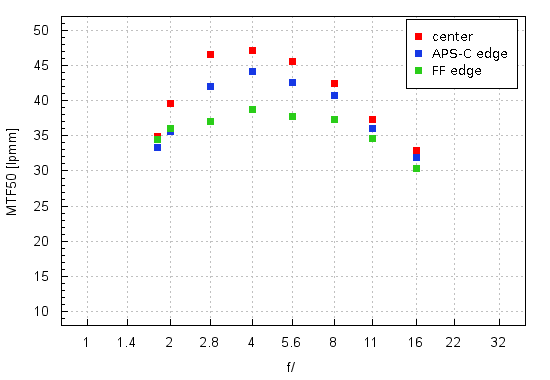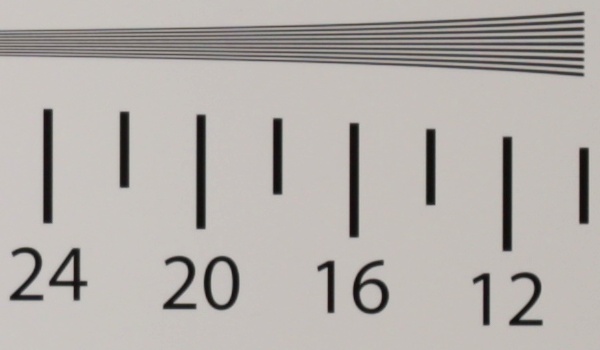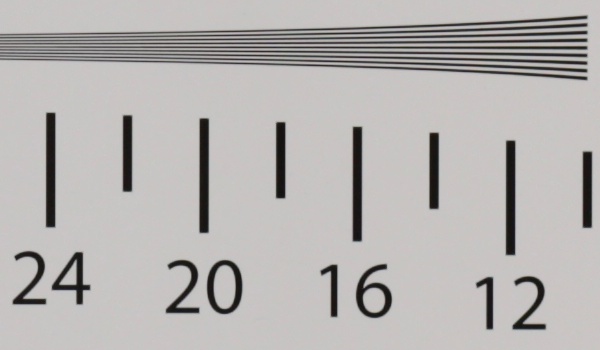Tamron SP 85 mm f/1.8 Di VC USD
4. Image resolution
The graph below shows the performance of the tested lens in the frame centre, on the edge of the APS-C/DX sensor and on the edge of full frame.

Please Support UsIf you enjoy our reviews and articles, and you want us to continue our work please, support our website by donating through PayPal. The funds are going to be used for paying our editorial team, renting servers, and equipping our testing studio; only that way we will be able to continue providing you interesting content for free. |
- - - - - - - - - - - - - - - - - - - - - - - - - - - - - - - - - - - - - - - - - - - - - - - -
When it comes to the frame centre the peak of the performance, amounting to 47 lpmm, sticks out at once – it is so close to the records of the 85 mm Zeiss devices we tested not so long ago! Here the Tamron compares very favourably to older constructions (as, e.g. the Canon 1.8/85 USM got to 42 lpmm and the Nikkor AF-S 1.8/85 slightly exceeded 44 lpmm but on the D3x sensors which typically provides MTFs by 1-2 lpmm higher).
What’s more, we have no reservations whatsoever concerning the performance at the maximum relative aperture where the resolution is good and improves very quickly on even slight stopping down. Here the Tamron fares in an exemplary manner.
The performance on the edge of the APS-C/DX sensor is great as well. It’s enough to write that almost at every aperture the MTFs of the Tamron are comparable or even a tad better than those of the Canon EF 85 mm f/1.8 USM and the Nikkor AF-S 85 mm f/1.8G in the frame centre! It shows pretty clearly that the new, more complex optical construction provides a lot of fascinating possibilities!
The Tamron’s optics manages to perform well on the very edge of the frame too. Already at the maximum relative aperture the results exceed 34 lpmm; they are even slightly higher than on the edge of the smaller APS-C/DX sensor. The curvature of the new optical system is most likely selected in such a way that the results across the frame by f/1.8 and f/2.0 remain very similar. The stopping down of the aperture don’t make the MTFs increase so quickly as in the frame centre but you still deal here with good results on a level of 37-38 lpmm.
To sum up the Tamron 1.8/85 VC, even if noticeably more expensive than the older 1.8/85 constructions of Canon and Nikon, remains distinctly sharper practically at all combinations of aperture and for all frame positions.
At the end of this chapter traditionally we present crops taken from photos of our resolution testing chart; they were taken from JPEG files saved along with RAW files we used for our analysis above.
| Canon 5D Mk III, JPEG, f/1.8 |
 |
| Canon 5D Mk III, JPEG, f/4.0 |
 |






